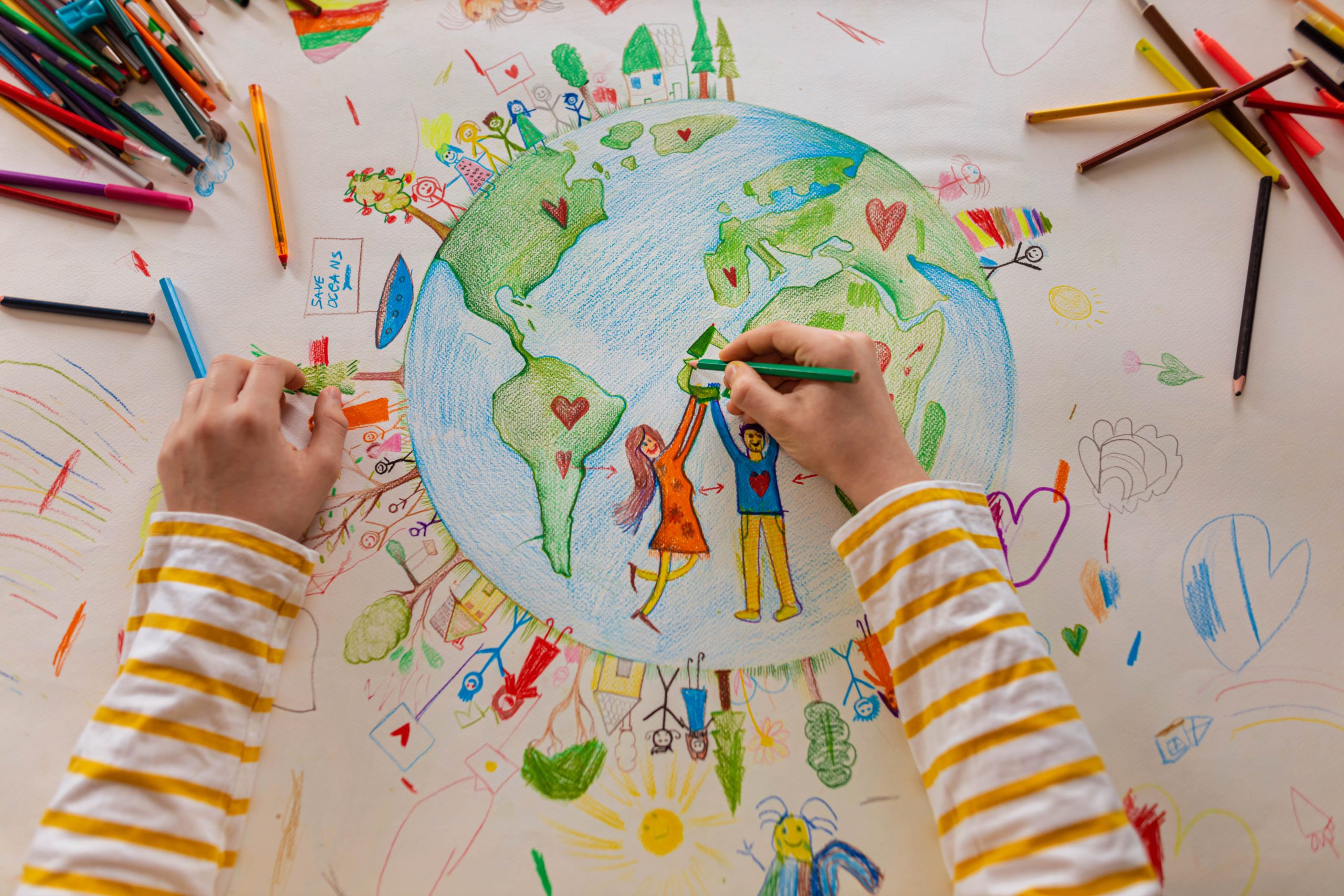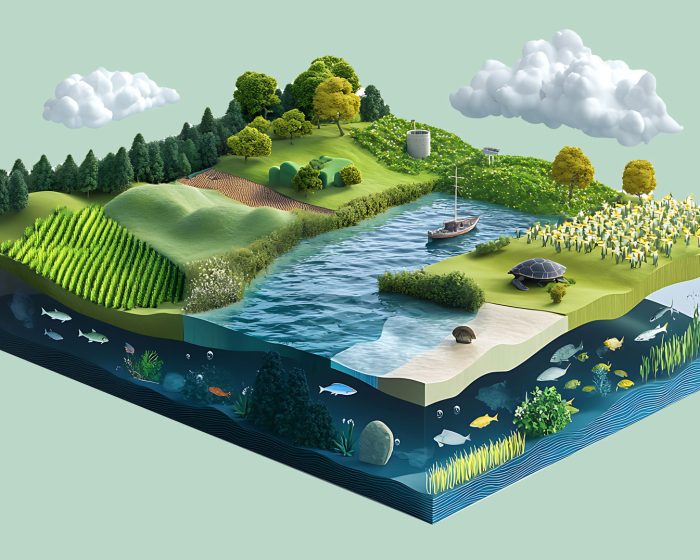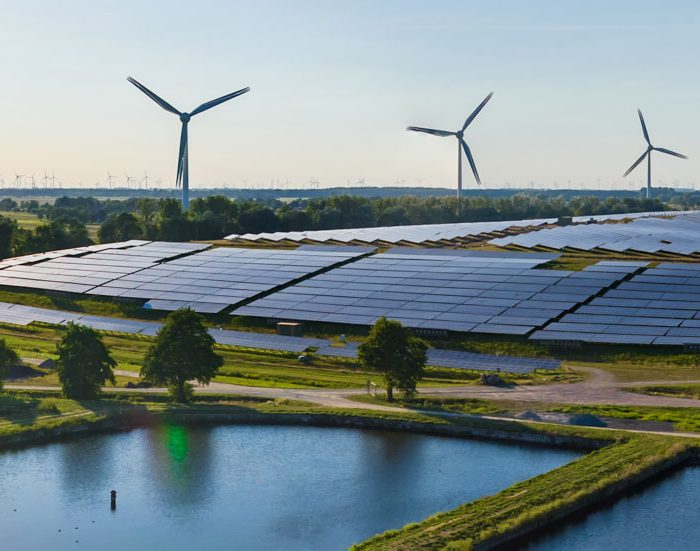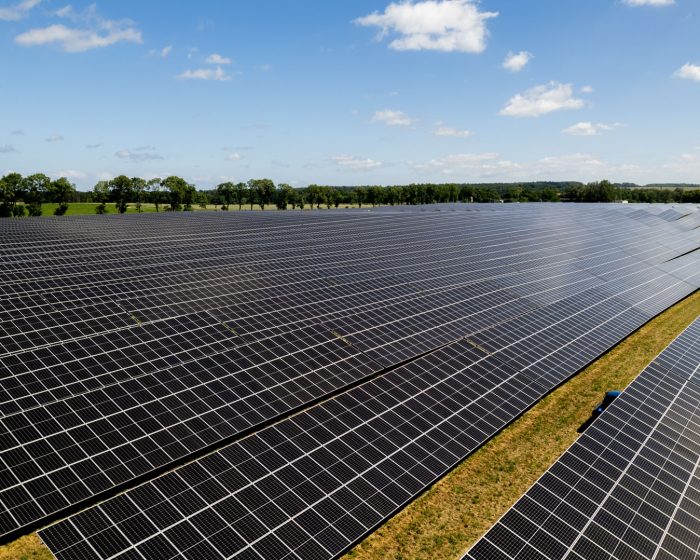Climate Change – The Challenge of Our Time
At the beginning of the 21st century, humanity is undoubtedly facing one of the more serious – if not the most serious – civilizational challenges to date: climate change. We are increasingly experiencing its effects, such as heatwaves, droughts, wildfires, floods, and extreme weather events.
The term ‘climate change’ refers directly or indirectly to human activities that alter the composition of the Earth’s atmosphere and differs from the natural climate variability observed over comparable periods.
Despite strong evidence and scientific consensus that human activity is the main cause of climate change, some people still claim there is no evidence the climate is warming up, or that if it is, it is due to natural climate cycles rather than human actions. Such claims are entirely inconsistent with observations and current scientific knowledge.
From Theory to Evidence: The Beginnings of Climate Science
Research on climate has been conducted for over two centuries. Thanks to scientists from such fields as physics, chemistry, biology, and other disciplines, we now have a precise and comprehensive picture of the ongoing climate changes.
As early as in the 19th century, scientists began to ask what factors influence the Earth’s temperature. The French physicist Joseph Fourier was the first to notice that our planet is warmer than one would expect based solely on solar energy. In 1859, Irish scientist John Tyndall demonstrated that gases such as carbon dioxide (CO₂) trap heat — this was the first description of the greenhouse effect.
A few decades later, Swedish chemist Svante Arrhenius conducted calculations showing that if the amount of CO₂ in the atmosphere were to double, the Earth’s temperature could increase by 5–6°C. At the beginning of the 20th century, American geologist Thomas Chamberlin added oceans, minerals, and other factors to the equation, creating the first climate models.
The 20th Century: Science Gains Momentum
In the postwar period, climate research accelerated, partly thanks to military funding. In 1957, physicist Hans Suess and oceanographer Roger Revelle demonstrated that the burning of fossil fuels significantly increases CO₂ levels in the atmosphere. It was then that the famous words were written: “Within a few centuries, we are returning to the atmosphere and oceans the concentrated organic carbon stored in sedimentary rocks over hundreds of millions of years.”
Soon afterwards, Charles David Keeling began regular measurements of atmospheric CO₂ in Hawaii. The result of his work is the famous Keeling Curve – a graph showing the continuous rise in carbon dioxide levels. In the 1960s, it measured 315 parts per million (ppm); today it exceeds 420 ppm.

Politics Begins to Respond
As early as the 1960s, advisers to the U.S. president warned that CO₂ emissions could affect the climate. In the 1970s, some voices suggested the possibility of an impending global cooling. A widely read Newsweek article titled “The Cooling World” caused quite a stir. Today we know that those predictions were based on the temporary increase in sulfate aerosols, which did not last long.
Over time, it became clear that global warming posed a far more serious threat.
In 1988, the first international conference dedicated to climate change was held in Toronto, Canada. As a result, the United Nations General Assembly adopted a resolution calling for the protection of the climate. That same year, the Intergovernmental Panel on Climate Change (IPCC) was established. It is an international body that has since been publishing regular reports on the state of climate science.
IPCC Reports: Hard Data, Growing Alarms
The IPCC has published six major assessment reports to date. Each report provides increasingly strong evidence that humans influence climate change:
- First Report (1990) highlighted that greenhouse gas concentrations in the atmosphere were rising due to human activity and predicted a potential increase in average temperatures of up to 3°C by the end of the 21st century.
- Second Report (1995) stated directly that human activities, including fossil fuel burning and deforestation, affected the climate.
- Third Report (2001) presented the famous “hockey stick” curve – a graph showing that the 20th century experienced unprecedented warming.
- Fourth Report (2007) emphasized that CO₂ levels are the highest in 650,000 years, and that natural causes alone cannot explain current warming.
- Fifth Report (2014) concluded that human influence on the climate is “extremely likely”.
- Sixth Report (2021-2022) left no doubts: humans are responsible for climate change. It warned that without reducing greenhouse gas emissions, global temperatures could rise by as much as 4.4°C by 2100.
Not Just Science – Economics Matters Too
An important contribution to the climate debate was the Stern Review, published in 2006 by British economist Nicholas Stern. It showed that failing to act on climate protection now will be far more costly in the future than investing in renewable energy and sustainable development now.
Summary: What We Know Today and What We Can Do
There is no longer any doubt: the rapid and unprecedented rise of CO₂ in the atmosphere is linked to human activities, particularly the widespread use of fossil fuels. Despite repeated attempts to challenge the anthropogenic nature of the observed CO₂ increases and consequently, climate change, the scientific consensus is clear. Today, we are witnessing predictions made by climatologists in the 1970s and 1980s come true, including rising temperatures, record heatwaves, changes in precipitation patterns, melting glaciers, rapid loss of Arctic sea ice, thawing permafrost, degradation of the Amazon rainforest, and many other events.
It is now essential to strengthen efforts to engage and educate people about the scientific consensus on climate change. These efforts are crucial to helping society make informed decisions about stabilizing our climate. As IPCC co-chair Dr. Valérie Masson-Delmotte said: “Every fraction of a degree matters. Every year matters. Every choice matters.”
Read also

Biodiversity and Why It Matters
Biodiversity Day is celebrated worldwide every year on May 22. In 1972, during the Stockholm Conference, the United Nations General Assembly met for the first time to address environmental issues.

What is renewable energy?
The best way to explain renewable energy is to start with a definition of non-renewable energy. Since the industrial revolution, humans have relied primarily on non-renewable energy sources. First there was coal, then came oil and gas. The problem with these resources is that access to them has been limited and using them to produce […]

How does renewable energy work? Basic facts on RES
Renewable energy is energy from natural sources which do not run out or which renew themselves in a relatively short time. But how does it get into our homes, schools or businesses in reality? What technologies are behind this process and how do they work? Imagine a house that produces its own electricity, or a […]




